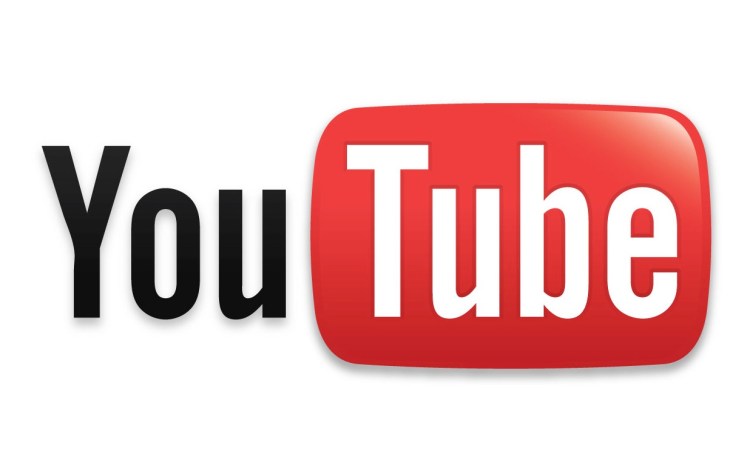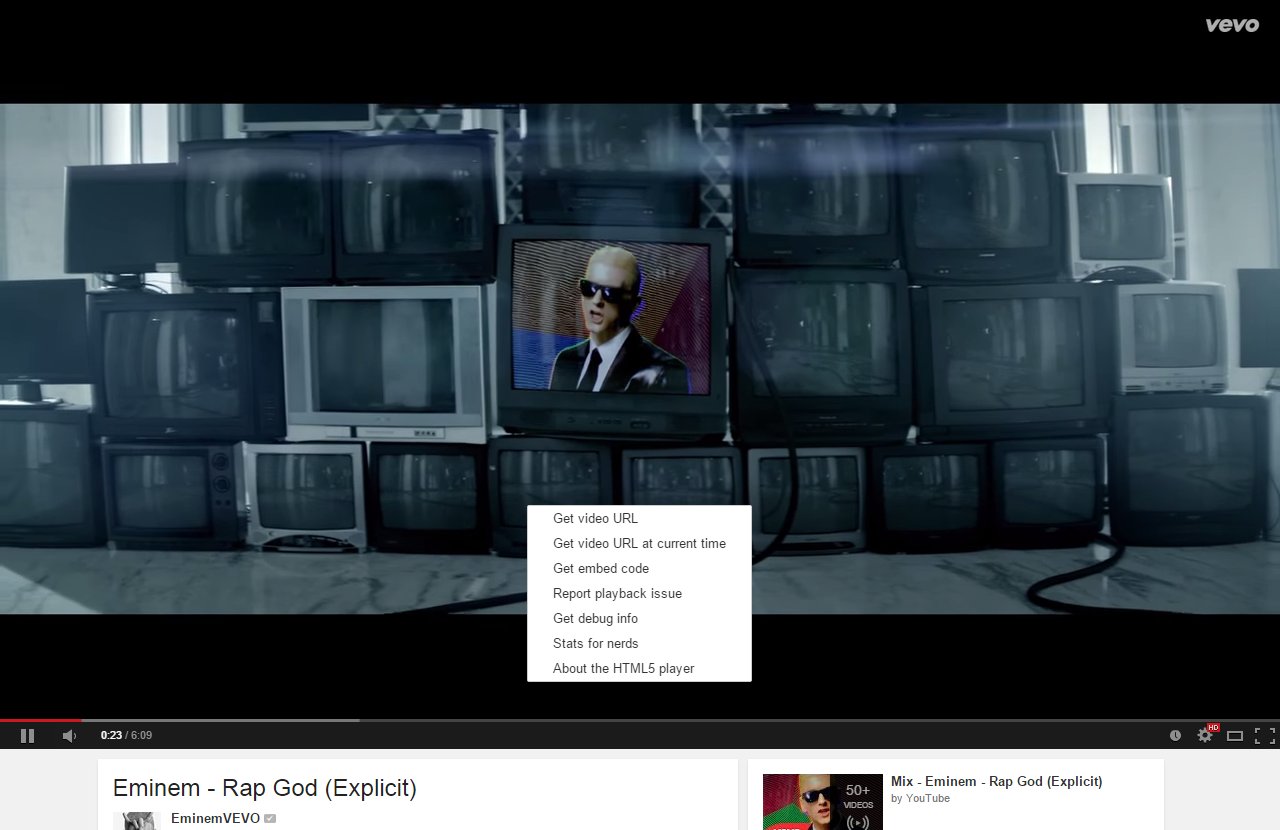Want smarter insights in your inbox? Sign up for our weekly newsletters to get only what matters to enterprise AI, data, and security leaders. Subscribe Now
YouTube today announced it has finally stopped using Adobe Flash by default. The site now uses its HTML5 video player by default in Google’s Chrome, Microsoft’s IE11, Apple’s Safari 8, and in beta versions of Mozilla’s Firefox browser.
At the same time, YouTube is now also defaulting to its HTML5 player on the web. In fact, the company is deprecating the “old style” Flash object embeds and its Flash API, pointing users to the iframe API instead, since the latter can adapt depending on the device and browser you’re using.
These changes has been a very long time coming. In January 2010, Google announced a test version of an HTML5 video player. That was five years ago.
A few months later, the company then discussed how YouTube’s HTML5 video performed compared to Flash and improved its embed code, which is how a lot of YouTube videos are distributed. Over the following few years, we didn’t hear much from the Google-owned company, but a lot of work was in progress, and there were hints that a change was imminent.
In May 2014, I noticed YouTube had changed to the HTML5 player by default on most videos in most browsers (content excluded was mainly from partners like Vevo). I got in touch with YouTube multiple times throughout the year, but the company wasn’t yet ready to talk make it official.
Now it has finally flipped the switch (notice the above video is from Vevo), and it has provided more information about the journey. The company underlined five key technologies that made the change possible:
- MediaSource Extensions: Adaptive Bitrate (ABR) streaming helps provide a quality video experience for viewers as well as enable live streaming on game consoles, streaming sticks, and in browsers. With it, YouTube can quickly and seamlessly adjust resolution and bitrate depending on network conditions. In fact, ABR has reduced buffering by more than 50 percent globally and as much as 80 percent on heavily congested networks, the company said.
- VP9 video codec: YouTube’s implementation of HTML5 uses the VP9 codec, which Google says gives users higher quality video resolution with an average bandwidth reduction of 35 percent. Smaller files mean more people can access 4K and HD at 60FPS. More importantly, and videos can start anywhere between 15 percent to 80 percent faster.
- Encrypted Media Extensions and Common Encryption: Instead of requiring that the delivery platform is linked to the content protection technology, Encrypted Media Extensions separate the two, letting content providers use a single HTML5 video player across a wide range of platforms. Common Encryption is the icing on the cake, because multiple content protection technologies can be supported on different platforms with a single set of assets.
- WebRTC: Web Real-Time Communication (WebRTC) technology is an open project that lets Internet users communicate in real time via voice and video simply by using a compatible browser. In this case, WebRTC lets YouTube provide broadcasting tools from within the browser, no plugins required.
- Fullscreen APIs: The Fullscreen APIs in HTML5 mean YouTube can offer an immersive full-screen viewing experience with a standard HTML interface. Before this became available, a lot of extra code was required for a fairly basic feature.
“These advancements have benefited not just YouTube’s community, but the entire industry,” YouTube said in a statement. “Other content providers like Netflix and Vimeo, as well as companies like Microsoft and Apple, have embraced HTML5 and been key contributors to its success.”
In short, to start using HTML5 by default, YouTube had a lot more to consider than just its main use case (playing videos). Multiple tech companies and organizations worked together to make this all possible, and to put another nail in Flash’s coffin.




